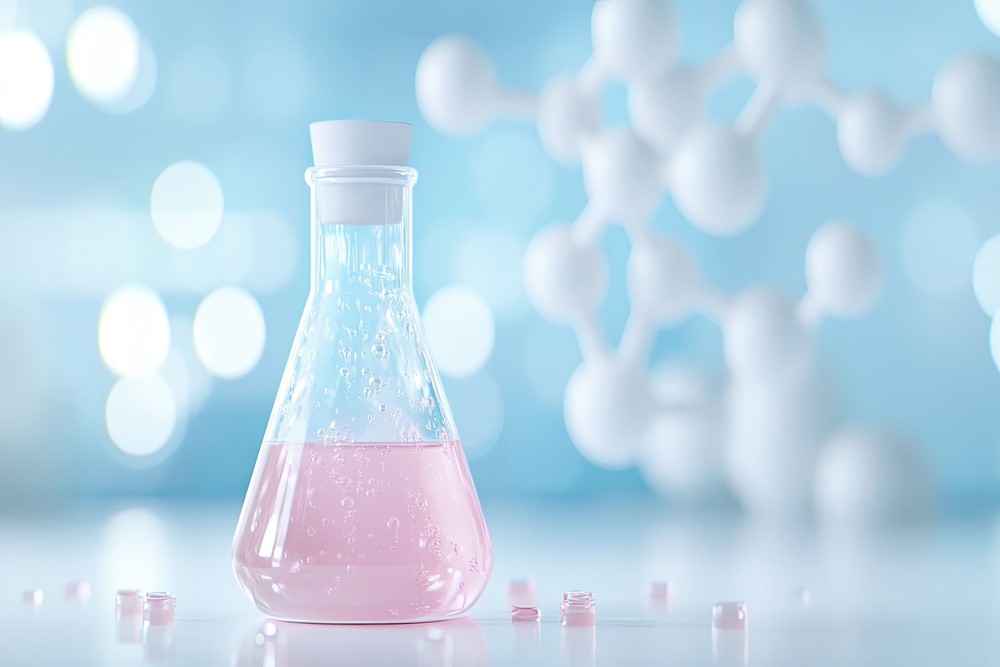Why Specialty Polymers Are the Secret Behind High-Performance Products
The phone in your pocket won’t break if it falls on concrete. Your vehicle’s engine operates efficiently at temperatures that could liquefy standard plastic. Medical devices function within the human body for years without failing. What enables these daily wonders to occur? The solution is found in specialty polymers; high-tech materials that exceed conventional plastics in nearly every conceivable manner.
Beyond Basic Plastic
Traditional plastics work well for things like water bottles and shopping bags. However, they break down when exposed to harsh environments. Put a standard plastic container in a hot oven, and the problem will become obvious. Specialty polymers excel where conventional materials would fail. They can survive extreme heat. They can resist strong chemicals and maintain their integrity. Even when they are subjected to pressures that would damage weaker materials.
These high-performance materials are based on the same chemistry as standard plastics. Nonetheless, they are further processed. Researchers create materials with special abilities by adding unique components. The result? Plastics that behave more like metal or ceramic regarding performance yet maintain the lightweight and formable benefits that make plastics highly practical.
A specialty polymers manufacturer like Trecora might spend years perfecting a single formulation. Every batch undergoes thorough testing. The risks are significant; these materials frequently find use in essential applications where failure is not permissible.
Life-Saving Medical Applications
Modern healthcare depends on these advanced substances. Artificial heart valves need to flex millions of times without breaking down. Joint replacements are expected to last for a long time. They need to endure the strain and motion of daily life. Materials used for surgical instruments need to survive many sterilizations without damage.
Thanks to these polymers, we have medical devices that were once only a fantasy. Flexible tubes that resist kinking or collapsing transport medication precisely where required. Implants that the body accepts aid in proper bone healing. Even a basic tool like a syringe functions better thanks to specialized polymers that produce smoother, more dependable plungers which provide precise doses consistently. Medical apparatus advantages as well. MRI machines utilize unique polymer parts that do not affect magnetic fields. Polymer parts are essential for surgical robots, ensuring precision and cleanliness.
Aerospace and Automotive Innovation
Every pound matters for space launches. Specialty polymers replace heavy metals in spacecraft, providing the same strength with less weight. These materials survive harsh space environments. The automotive sector welcomes these materials with equal enthusiasm. Inside, specialty polymers take the place of metal components in fuel systems, cooling systems, and certain engine parts. The products resist oil, gasoline, and antifreeze while functioning under high and low temperatures. By switching to advanced polymers, vehicle weight is lessened. This improves fuel economy without sacrificing safety or performance.
These materials are beneficial for electric vehicles. Battery casings need polymers that resist heat and provide electrical insulation. Charging components require materials that won’t degrade despite repeated heating and cooling. As electric cars become more common, the demand for these materials keeps growing.
Electronics That Last
Your laptop’s dependable performance results from specialized polymers that both protect the delicate circuitry and handle heat effectively. Though these substances produce coverings even more delicate than a hair, they provide robust, long-lasting protection from short circuits and corrosion. Polymer bases allow flexible screens to be both strong and clear, enabling them to twist without being damaged.
Conclusion
Researchers are advancing limits, creating polymers that self-repair when harmed, alter characteristics on demand, or transmit electricity similar to metals. These developments assure even more impressive products in the years ahead. From structures that heal their own fissures to apparel that adjusts to temperature variations, specialty polymers will turn tomorrow’s unattainable products into today’s reality.






Post Comment